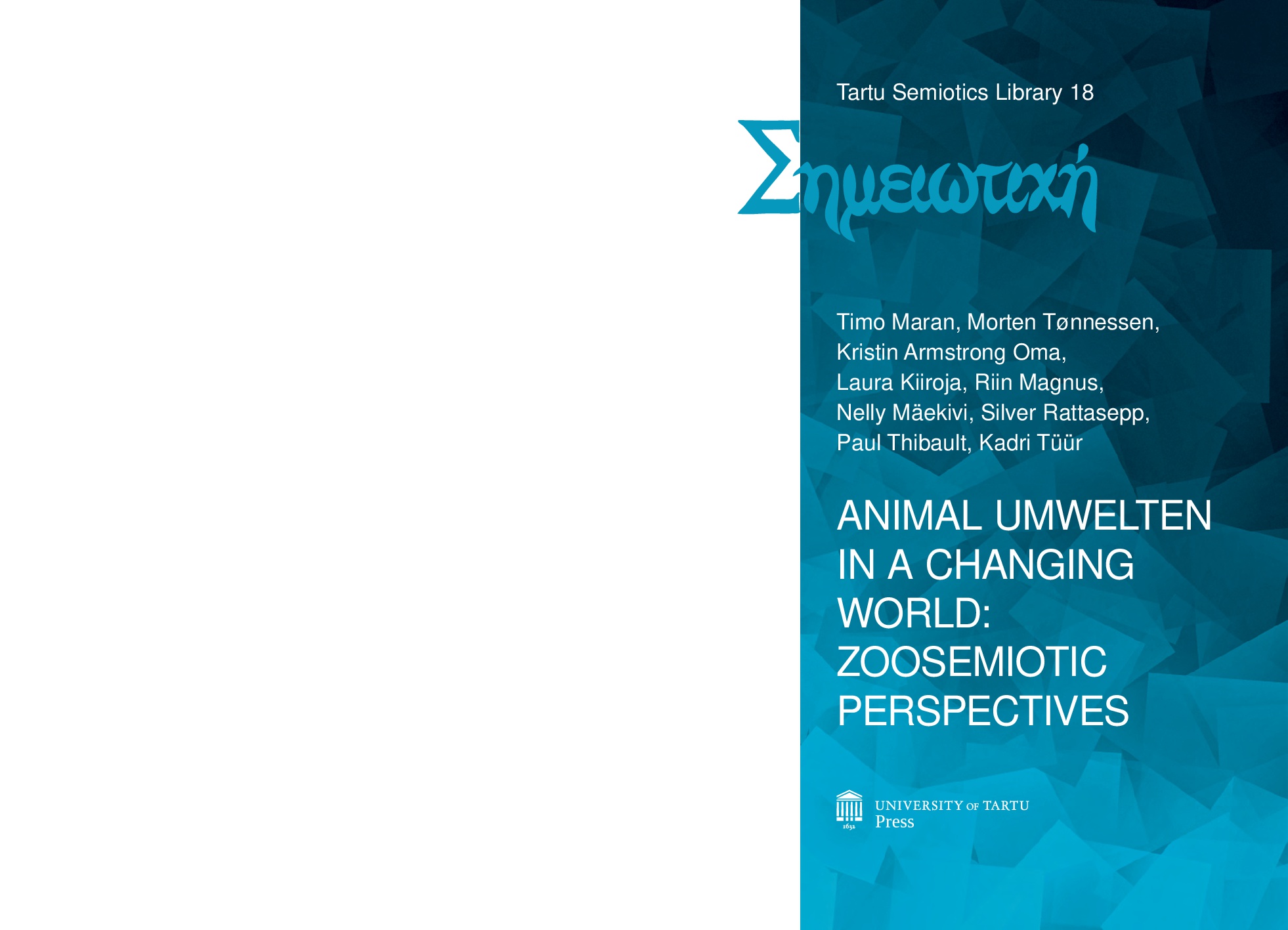Semiotic modelling of biological mimicry
Semiotic modelling of biological mimicry
Author(s): Timo MaranSubject(s): Semiotics / Semiology, Methodology and research technology, Sociobiology
Published by: Tartu Ülikooli Kirjastus
Summary/Abstract: In recent decades, biosemiotics (with the subfields of zoosemiotics and ecosemiotics) has established itself as an independent research paradigm with a conceptual framework, a professional association, conferences and a thematic publication series. The question still unsettled is to what extent a semiotic approach can be productive for different research tasks in biology proper: evolutionary biology, ecology, species protection, etc. The gap between semiotics and biology may be, however, smaller than it seems. Claus Emmeche and Jesper Hoffmeyer (1991) have demonstrated the hidden connection between biology and semiotics as core concepts used in molecular biology are oft en semiotic by nature. Thomas P. Weber has argued in Trends in Ecology and Evolution that a semiotic approach can be beneficial for evolutionary biology in raising new hypotheses (Weber 2000). Semiotic methodology has also been successfully applied in landscape ecology (Farina 2012; Malavasi et al. 2014).
Journal: Tartu Semiotics Library
- Issue Year: 2016
- Issue No: 18
- Page Range: 242-257
- Page Count: 16
- Language: English
- Content File-PDF

